Archaeology
-
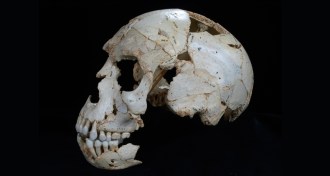 Humans
HumansSkulls reveal Neandertal’s hodge-podge genealogy
A new analysis of ancient hominid skulls reveals a patchy anatomical start of the Neandertal lineage.
-
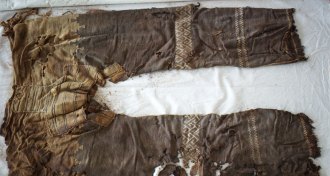 Archaeology
ArchaeologyFirst pants worn by horse riders 3,000 years ago
A new study indicates horse-riding Asians wove and wore wool trousers by around 3,000 years ago.
By Bruce Bower -
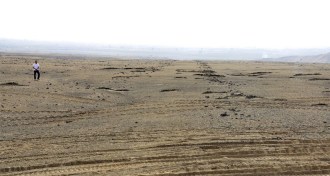 Anthropology
AnthropologyPeruvian glyphs pointed way to ancient celebrations
At least 2,300 years ago, Paracas people in the Chincha Valley of Peru were engineering their landscape to keep time and host ritual and social activities.
-
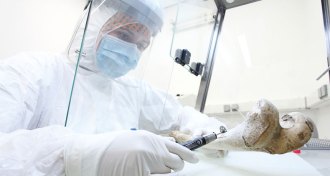 Archaeology
ArchaeologyWritten in bone
Researchers are reconstructing the migrations that carried agriculture into Europe by analyzing DNA from the skeletons of early farmers and the people they displaced.
-
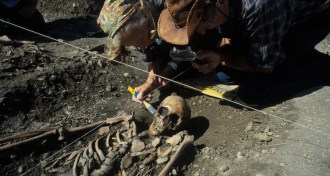 Genetics
GeneticsFarmers assimilated foragers as they spread agriculture
While some European hunter-gatherers remained separate, others mated with the early farmers that introduced agriculture to the continent.
-
 Anthropology
AnthropologyBronze Age herders spread farming around Asia
Ancient seeds indicate that Central Asian animal raisers had an unappreciated impact on early agriculture.
By Bruce Bower -
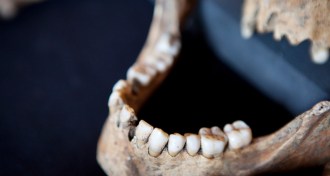 Archaeology
ArchaeologyBlack Death grave reveals secrets of 14th century life
Skeletons dug up by London Crossrail excavations are giving scientists a more detailed look at the bubonic plague, or Black Death, of the 1300s.
-
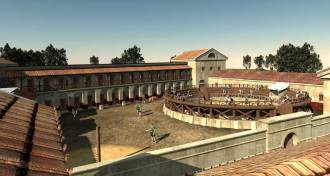 Archaeology
ArchaeologyRoman gladiator school digitally rebuilt
Imaging techniques unveil a 1,900-year-old Roman gladiators’ training center that’s buried beneath a site in Austria.
By Bruce Bower -
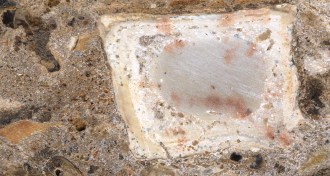 Archaeology
ArchaeologyFire used regularly for cooking for 300,000 years
Israeli cave yields a fireplace where Stone Age crowd may have cooked up social change.
By Bruce Bower -
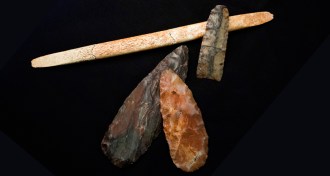 Humans
HumansClovis baby’s genome unveils Native American ancestry
DNA from skeleton shows all tribes come from a single population.
-
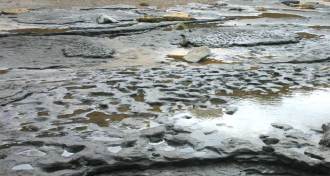 Archaeology
ArchaeologyNearly 1-million-year-old European footprints found
Erosion temporarily unveils remnants of a Stone Age stroll along England’s coast.
By Bruce Bower -
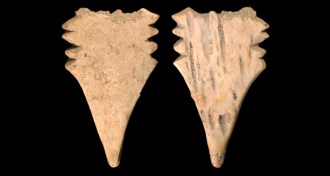 Archaeology
ArchaeologyStone Age fishing spear found on Southeast Asian island
Notched piece of bone found near Indonesia illustrates surprisingly complex tool making 35,000 years ago.
By Bruce Bower